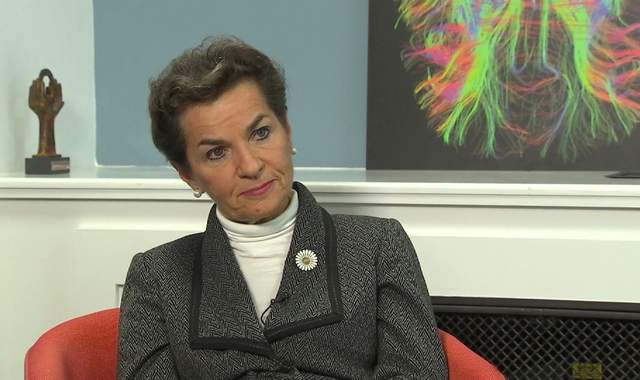Global temperatures will increase by around 3 degrees Celsius despite current efforts to cut emissions and to limit the temperature increase to below 2 degrees Celsius, researchers have found.
It also stated that 100 INDCs included an adaptation component, which demonstrates the global imperative of adapting to climate change alongside efforts to reduce greenhouse gas emissions.
Figueres said the collective plans have the capability of limiting the forecast temperature rise to about 2.7 degrees by 2100, which falls below target, but is much lower than the five-plus degrees previously projected.
Responding to the release of the UNFCCC’s Synthesis of the INDCs report, Samantha Smith, leader of the WWF Global Climate and Energy Initiative said, “The commitments represent a broad and significant dent in what’s needed to fight climate change”. The goal is to find agreement on a climate change plan to cap global warming at two degrees.
Environment Minister Prakash Javadekar has said that India expects an “equitable and just” climate agreement in Paris and does not want the Paris summit to fail unlike the Copenhagen summit which the minister said people have termed as “flopenhagen”.
Dr. Stephen Cornelius, WWF-UK’s chief adviser on climate change, said: “It is clear that, when added up, the 146 countries’ climate pledges reviewed in the report are not enough”.
One hundred forty-six countries made pledges by October 1 of this year, accounting for 86 percent of all of the world’s greenhouse gas emissions. In less than a month, more than 190 countries will converge in Paris to finalize a new global climate agreement.
A key finding of the United Nations reports is that the INDCs will bring down per capita emissions by 9% by 2030.
Given that rapidly growing – and accelerating – global emissions have been a consistent trend in the last century, this signals that we have reached an inflection point in our commitment to address climate change. The United Nations report clearly shows that all countries need to urgently agree to ramp up the ambition of our climate targets.
National strategies would restrict a rise in world emissions to the equivalent of 56.7 billion tons of carbon dioxide per year by 2030, four billion less than expected without the extra action, from 49.0 billion in 2010, it said.
“These plans set a determined course, clearly recognizing that successful climate action achieves not only low emissions but a host of other economic and social benefits for governments, citizens and business”, Ms. Figueres stressed.
Source: Ameri Publications | 02 November 2015














